Home>Gardening & Outdoor>Plant Care & Gardening Tips>What To Do With Flower Bulbs
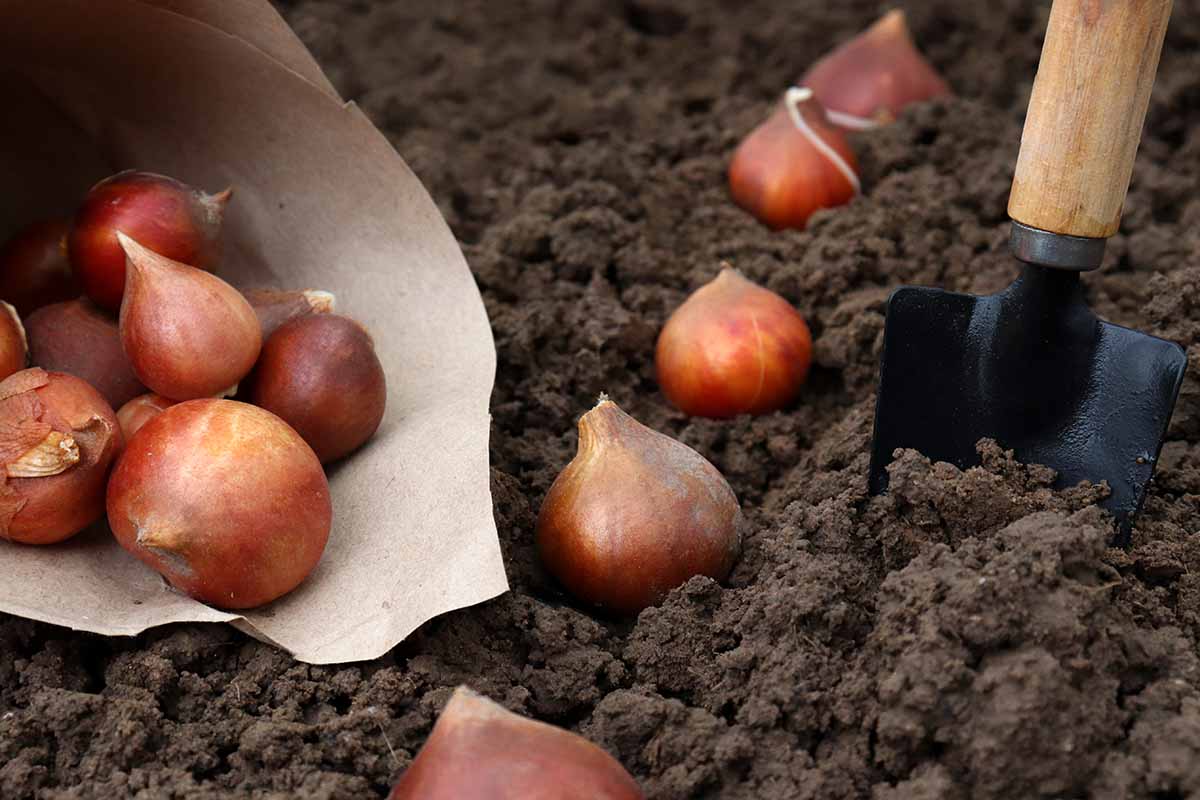

Plant Care & Gardening Tips
What To Do With Flower Bulbs
Modified: January 22, 2024
Discover expert plant care and gardening tips for flower bulbs. Learn how to plant, care for, and maintain your flower bulbs for a beautiful and thriving garden.
(Many of the links in this article redirect to a specific reviewed product. Your purchase of these products through affiliate links helps to generate commission for Storables.com, at no extra cost. Learn more)
**
Introduction
**
Welcome to the fascinating world of flower bulbs! These magical little orbs are nature's way of bringing bursts of color and life to our gardens. Whether you're a seasoned gardener or just starting out, flower bulbs are a fantastic addition to any outdoor space. In this article, we'll explore everything you need to know about choosing, planting, and caring for flower bulbs, as well as some creative ways to make the most of these natural wonders.
Flower bulbs are like nature's little treasure chests, holding within them the promise of beautiful blooms and the potential to transform any garden into a vibrant paradise. From the classic tulips and daffodils to the exotic amaryllis and lilies, there's a vast array of flower bulbs to choose from, each offering its unique charm and beauty.
Join me as we embark on a journey through the enchanting world of flower bulbs, uncovering the secrets to selecting the right bulbs, nurturing them into stunning displays of color, and exploring imaginative ways to showcase their splendor. Whether you have a green thumb or are just discovering your love for gardening, this guide will equip you with the knowledge and inspiration to make the most of these delightful botanical gems. So, grab your gardening gloves and let's dive into the wonderful realm of flower bulbs!
**
Key Takeaways:
- Choose flower bulbs based on your climate, size, bloom time, color, and perennial vs. annual preferences. Visit local nurseries and research online for the best selection.
- Plant and care for flower bulbs by selecting the right planting site, providing proper watering and fertilization, and exploring creative ways to showcase their beauty.
Read more: What Is A Flower Bulbs
Choosing the Right Flower Bulbs
**
When it comes to selecting flower bulbs for your garden, the options can seem overwhelming. However, with a bit of know-how, you can confidently choose the perfect bulbs for your outdoor space. Here are some essential factors to consider when picking the right flower bulbs:
- Climate and Hardiness Zones: Before purchasing flower bulbs, it’s crucial to understand your local climate and the hardiness zones in your region. Different bulbs thrive in specific climates, so selecting varieties that are well-suited to your area will increase the likelihood of successful growth and blooming.
- Bulb Size and Quality: Opt for bulbs that are plump, firm, and free from blemishes or mold. Larger bulbs generally produce more robust flowers, so prioritize quality over quantity when making your selection.
- Bloom Time: Consider the bloom time of the bulbs you’re interested in. By choosing a mix of early, mid, and late-blooming varieties, you can ensure a continuous display of color throughout the growing season.
- Color and Height: Think about the color scheme and height preferences for your garden. Whether you prefer vibrant pops of color or a more subdued palette, there are flower bulbs available to suit every aesthetic.
- Perennial vs. Annual: Decide whether you want perennial bulbs that return year after year or annual bulbs that provide a seasonal display. Both types offer their unique advantages, so consider your long-term gardening goals when making this choice.
Visiting a local nursery or garden center is an excellent way to explore different bulb varieties and seek advice from knowledgeable staff. Additionally, online resources and gardening forums can provide valuable insights into the best flower bulbs for your specific needs. By carefully considering these factors and conducting thorough research, you can confidently select the perfect flower bulbs to adorn your garden with breathtaking beauty.
**
Planting Flower Bulbs
**
Planting flower bulbs is an exciting and rewarding process that sets the stage for a spectacular floral display. By following a few simple guidelines, you can ensure that your bulbs are planted correctly and have the best chance of thriving. Here’s a step-by-step guide to planting flower bulbs:
- Selecting the Planting Site: Choose a location in your garden that receives the appropriate amount of sunlight for the specific bulb varieties you’ve chosen. Most bulbs prefer well-drained soil, so avoid areas prone to waterlogging.
- Preparing the Soil: Before planting, it’s essential to prepare the soil by loosening it to a depth of at least 8 inches and incorporating organic matter, such as compost or peat moss, to improve its texture and fertility.
- Determining Planting Depth: As a general rule of thumb, bulbs should be planted at a depth equal to three times their diameter. For example, a 2-inch bulb should be planted 6 inches deep. Consult the specific planting depth recommendations for the bulbs you’re planting to ensure accuracy.
- Spacing and Arrangement: Space the bulbs according to the recommended distance for each variety, typically 2 to 6 inches apart. Consider the desired arrangement and grouping of bulbs to create visually appealing displays.
- Planting Technique: Dig individual holes for each bulb or prepare larger holes to accommodate multiple bulbs. Place the bulbs in the holes with the pointed end facing upward, cover them with soil, and gently pat the surface to remove air pockets.
- Watering and Mulching: After planting, thoroughly water the area to settle the soil and initiate the growth process. Applying a layer of mulch, such as shredded bark or straw, helps conserve moisture and regulate soil temperature.
- Labeling and Maintenance: To keep track of the planted bulbs, consider labeling the areas with plant markers or stakes. Throughout the growing season, monitor soil moisture and provide supplemental watering during dry spells.
By following these planting guidelines and providing proper care, you can look forward to a vibrant and flourishing garden filled with the enchanting beauty of blooming flower bulbs. With a little patience and nurturing, your efforts will be rewarded with a stunning floral spectacle that brightens your outdoor space.
**
Caring for Flower Bulbs
**
Once your flower bulbs are nestled in the soil, they require ongoing care to ensure healthy growth and abundant blooms. By tending to their needs throughout the growing season and beyond, you can maximize their potential and enjoy a continuous display of captivating flowers. Here are essential care tips for nurturing your flower bulbs:
- Watering: Adequate moisture is crucial for the development of flower bulbs. During the active growing period, provide regular, deep watering, especially during dry spells. However, it’s essential to avoid overwatering, as excessive moisture can lead to bulb rot.
- Fertilization: Apply a balanced, slow-release fertilizer or a specific bulb fertilizer according to the manufacturer’s instructions. This helps replenish essential nutrients in the soil and supports the bulbs’ growth and flowering potential.
- Deadheading: As the blooms fade, promptly remove the spent flowers to prevent the bulbs from expending energy on seed production. Deadheading encourages the plants to channel their resources into bulb development and future blooms.
- Pest and Disease Management: Keep an eye out for common pests and diseases that may affect flower bulbs, such as aphids, slugs, or fungal infections. Employ natural pest control methods or targeted treatments to mitigate potential issues and safeguard the bulbs.
- Support for Tall Varieties: Some tall or top-heavy bulb-bearing plants may benefit from gentle staking or support to prevent them from bending or toppling over, especially in windy conditions.
- Post-Blooming Care: After the flowers have faded, allow the foliage to wither and yellow naturally. This process allows the bulbs to absorb nutrients for the following year’s growth. Refrain from cutting back the foliage until it has completely died back.
- Division and Transplanting: Over time, some bulb clumps may become overcrowded, leading to reduced flowering. Consider dividing and transplanting bulbs during their dormant phase to rejuvenate and propagate the plants.
By providing attentive care and addressing the specific needs of each bulb variety, you can nurture healthy, robust plants that reward you with an abundance of vibrant blooms. With a little dedication and a watchful eye, your flower bulbs will flourish, creating an enchanting tapestry of color in your garden.
**
Plant flower bulbs in the fall for a beautiful spring display. Choose a sunny spot with well-drained soil and plant bulbs at the recommended depth for the specific type of flower. Water after planting and enjoy the blooms in the spring!
Storing Flower Bulbs
**
As the growing season comes to a close, it’s essential to properly store flower bulbs to ensure their viability for the following year. Whether you’re dealing with tender bulbs that need protection from frost or hardy bulbs that require a period of dormancy, proper storage techniques are vital for preserving their health and vitality. Here’s a comprehensive guide to storing flower bulbs:
- Timing of Digging: For tender bulbs, such as gladiolus or dahlias, it’s crucial to dig them up before the first frost. Hardy bulbs, like tulips and daffodils, can be left in the ground unless you live in an area with extremely cold winters.
- Cleaning and Drying: After digging up the bulbs, gently remove excess soil and allow them to air dry in a well-ventilated area. Be sure to remove any foliage and debris, as cleanliness is essential for preventing mold and rot during storage.
- Inspecting for Damage: Before storing, carefully inspect the bulbs for signs of damage, disease, or pest infestation. Discard any bulbs that appear compromised to prevent the spread of issues to the entire batch.
- Storage Containers: Choose breathable storage containers, such as mesh bags or paper sacks, to house the bulbs. Avoid airtight containers, as they can trap moisture and lead to rot. Label the containers with the bulb variety and date of storage for easy identification.
- Optimal Storage Conditions: Store the bulbs in a cool, dry location with consistent temperatures. Ideal storage temperatures vary by bulb type, but a range of 35-50°F (1-10°C) is generally suitable for most varieties. Protect the bulbs from extreme temperatures and fluctuations.
- Periodic Checking: Periodically inspect the stored bulbs throughout the dormant period to ensure they remain firm and free from signs of decay. Discard any bulbs that show signs of deterioration to prevent the spread of issues to the rest of the collection.
- Preventing Pests: To deter pests during storage, consider adding a layer of diatomaceous earth or using natural pest repellents. This helps safeguard the bulbs from potential infestations without resorting to chemical treatments.
By following these storage guidelines and providing the right conditions for your flower bulbs, you can safeguard their vitality and ensure a successful growing season in the following year. Properly stored bulbs hold the promise of future beauty, and with thoughtful care, you can preserve their potential for vibrant displays in your garden.
**
Read more: How Do You Plant Flower Bulbs
Creative Ways to Use Flower Bulbs
**
Flower bulbs offer endless possibilities for adding charm and allure to your outdoor space. Beyond traditional garden beds, there are numerous creative and imaginative ways to showcase the beauty of flower bulbs, infusing your surroundings with color and vibrancy. Here are some delightful ideas for using flower bulbs in unique and inventive ways:
- Container Gardens: Create stunning displays by planting flower bulbs in decorative containers, such as terracotta pots, wooden crates, or hanging baskets. Mix and match bulb varieties to craft captivating arrangements that brighten patios, balconies, and other outdoor areas.
- Naturalizing: Embrace the natural look by scattering bulbs in grassy areas or beneath trees to achieve a wild, meadow-like effect. This technique, known as naturalizing, allows bulbs to thrive in a more relaxed and informal setting, creating a captivating display of spontaneous beauty.
- Layered Planting: Explore the concept of layered planting by arranging bulbs of varying heights and bloom times within the same planting area. This method creates dynamic and multi-dimensional displays, with early bloomers giving way to later-flowering varieties, resulting in a continuous cascade of color.
- Indoor Forcing: Bring the beauty of flower bulbs indoors by forcing them to bloom early. Plant bulbs in containers and place them in a cool, dark location for the required chilling period. Once shoots emerge, transfer the containers to a bright, sunny spot to enjoy an early burst of springtime indoors.
- Cut Flower Arrangements: Many bulb flowers, such as tulips, daffodils, and hyacinths, make exquisite additions to cut flower arrangements. Harvest blooms at their peak and arrange them in vases to adorn your home with the freshness and fragrance of spring.
- Companion Planting: Pair flower bulbs with complementary companion plants, such as perennials, annuals, or flowering shrubs, to create captivating and harmonious garden compositions. Consider the color, texture, and blooming periods of the plants to achieve visually appealing combinations.
- Rock Gardens and Edging: Utilize flower bulbs to embellish rock gardens, borders, and edging along pathways. Their compact size and vibrant blooms add a touch of elegance and allure to these landscape features, enhancing the overall visual appeal of the garden.
By exploring these creative approaches to using flower bulbs, you can infuse your garden and outdoor spaces with an array of captivating displays and enchanting focal points. Whether you’re seeking to add a touch of whimsy to your surroundings or create sophisticated arrangements, flower bulbs offer a myriad of opportunities for unleashing your imagination and elevating the beauty of your outdoor environment.
**
Conclusion
**
As we conclude our journey through the enchanting realm of flower bulbs, it’s evident that these botanical treasures hold boundless potential for transforming gardens and outdoor spaces into captivating havens of color and life. From the careful selection of bulbs to the nurturing care and creative applications, the world of flower bulbs invites us to explore, experiment, and revel in the splendor of nature’s artistry.
Choosing the right flower bulbs is the first step in embarking on a delightful gardening adventure. By considering factors such as climate suitability, bloom time, and aesthetic preferences, you can curate a collection of bulbs that promise a season-long spectacle of blooms. Planting them with care and attention ensures that they have the best possible start, setting the stage for a flourishing display of vibrant flowers.
Caring for flower bulbs involves tending to their needs throughout the growing season, from watering and fertilization to pest management and post-blooming care. By providing attentive maintenance, you can nurture healthy, robust plants that thrive and bloom abundantly, enriching your outdoor environment with their captivating beauty.
As the seasons transition and the time comes to store flower bulbs for the following year, proper handling and storage techniques are essential for preserving their vitality and ensuring a successful growing season. By safeguarding the bulbs during their dormant phase, you lay the groundwork for future displays of natural splendor.
Moreover, the creative potential of flower bulbs knows no bounds. Whether used in container gardens, naturalized settings, or indoor arrangements, flower bulbs offer a myriad of imaginative possibilities for infusing your surroundings with color, fragrance, and visual allure. Their versatility and charm make them invaluable elements in the tapestry of garden design and outdoor aesthetics.
As you embark on your own journey with flower bulbs, may you find joy in the process of selecting, planting, caring for, and creatively showcasing these delightful botanical gems. Whether you’re a seasoned gardener or a novice enthusiast, the world of flower bulbs beckons with endless opportunities for cultivating beauty and embracing the wonders of nature.
So, as you step into your garden, armed with the knowledge and inspiration gleaned from this exploration, may the enchanting allure of flower bulbs enrich your outdoor space and fill your days with the vibrant splendor of nature’s timeless artistry.
Frequently Asked Questions about What To Do With Flower Bulbs
Was this page helpful?
At Storables.com, we guarantee accurate and reliable information. Our content, validated by Expert Board Contributors, is crafted following stringent Editorial Policies. We're committed to providing you with well-researched, expert-backed insights for all your informational needs.
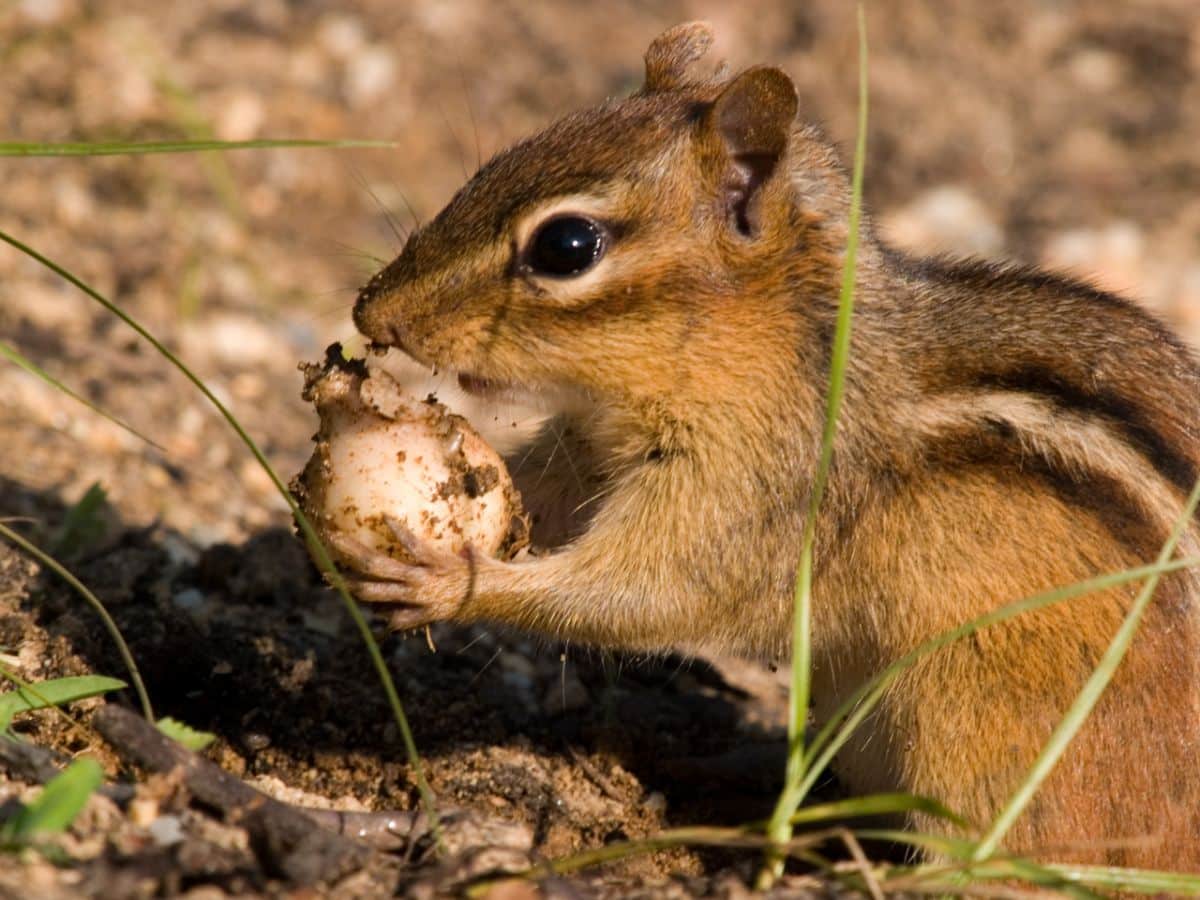
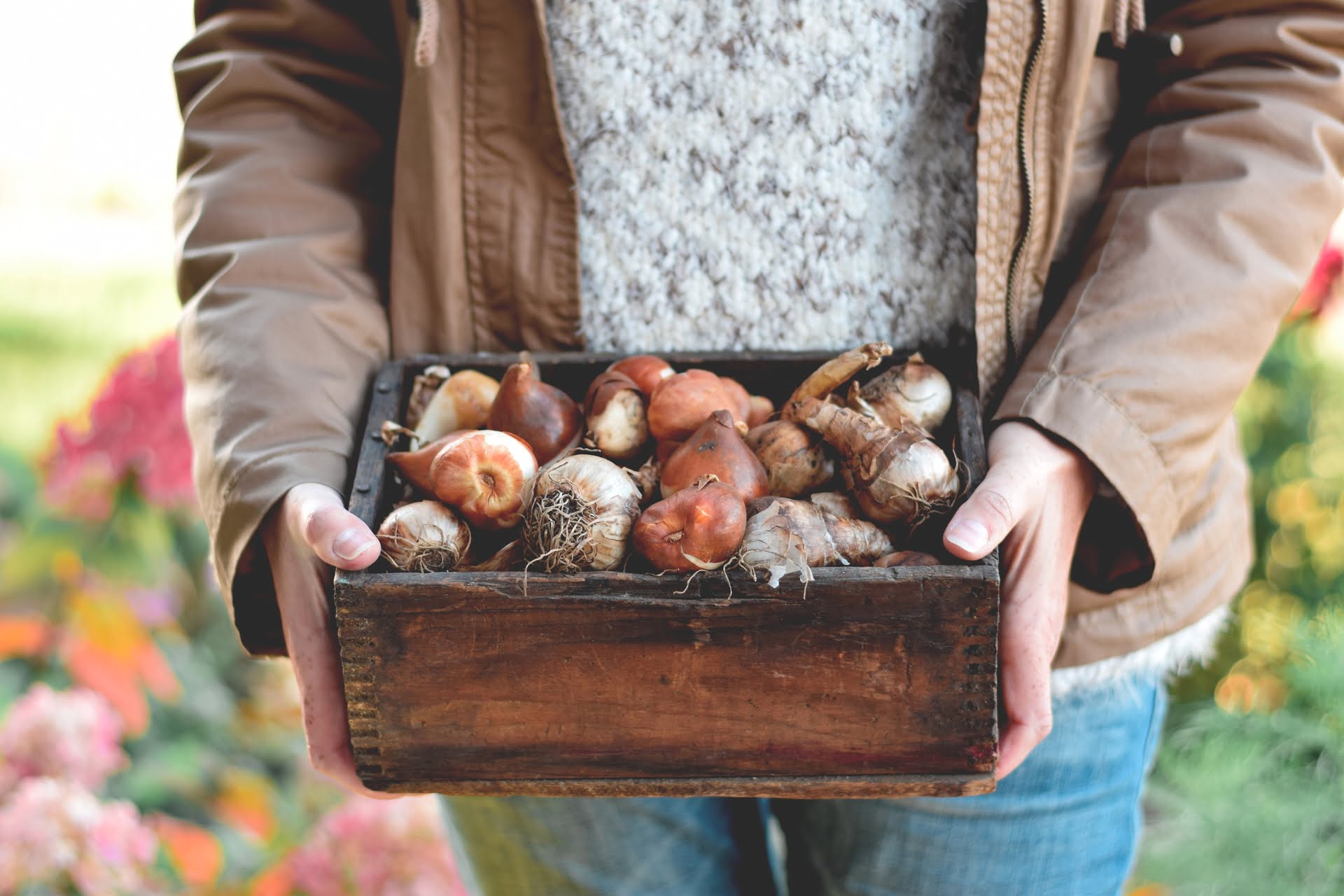
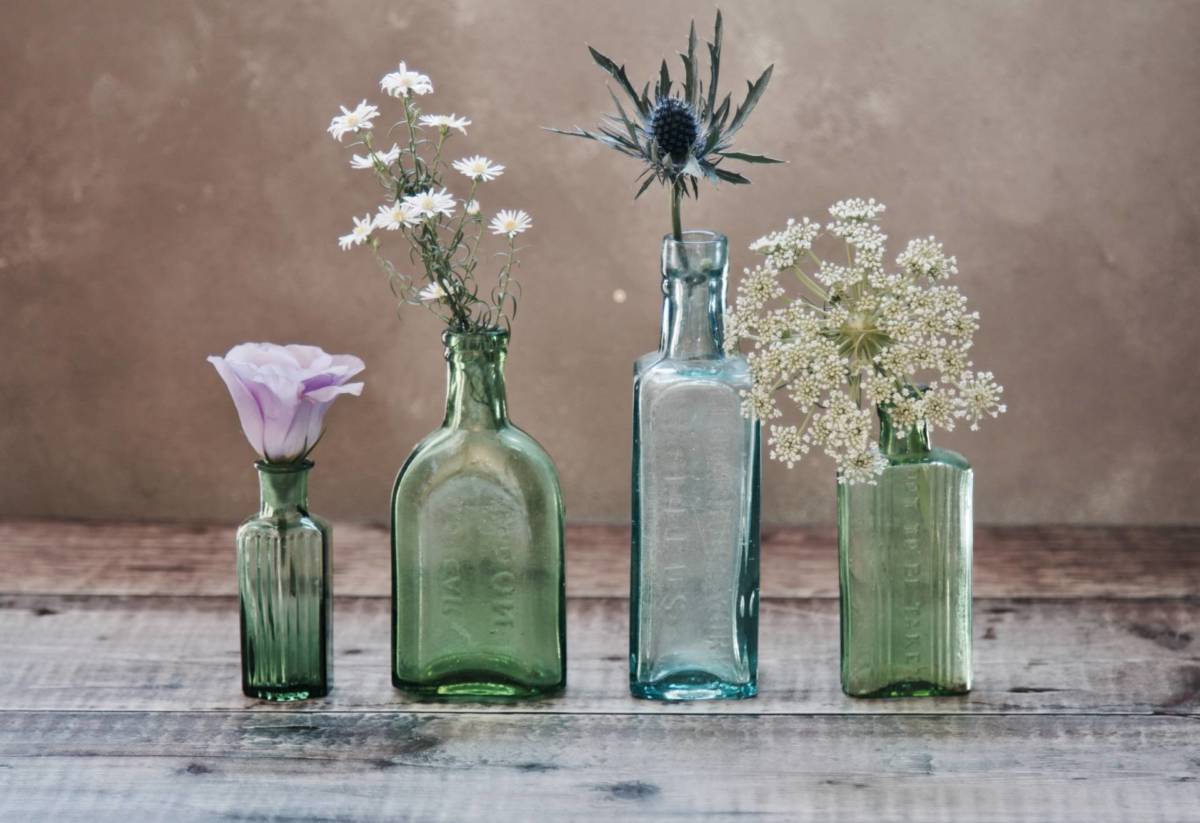
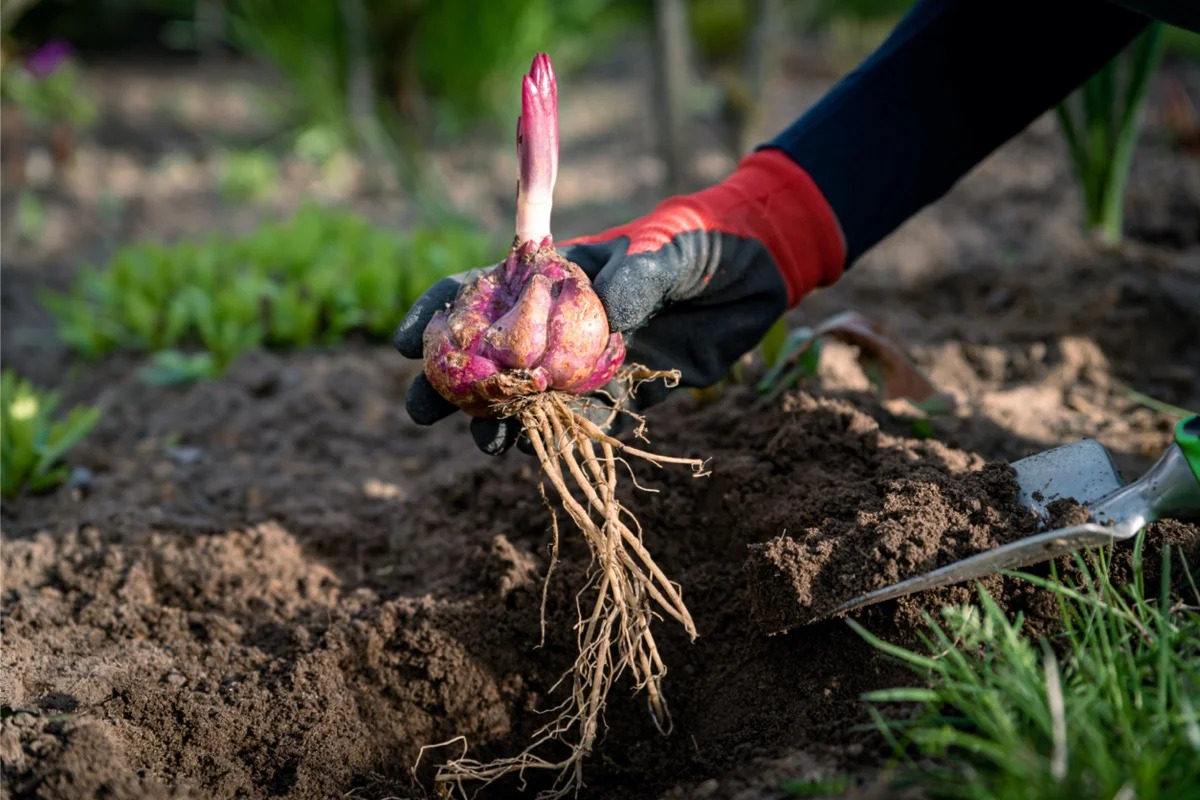
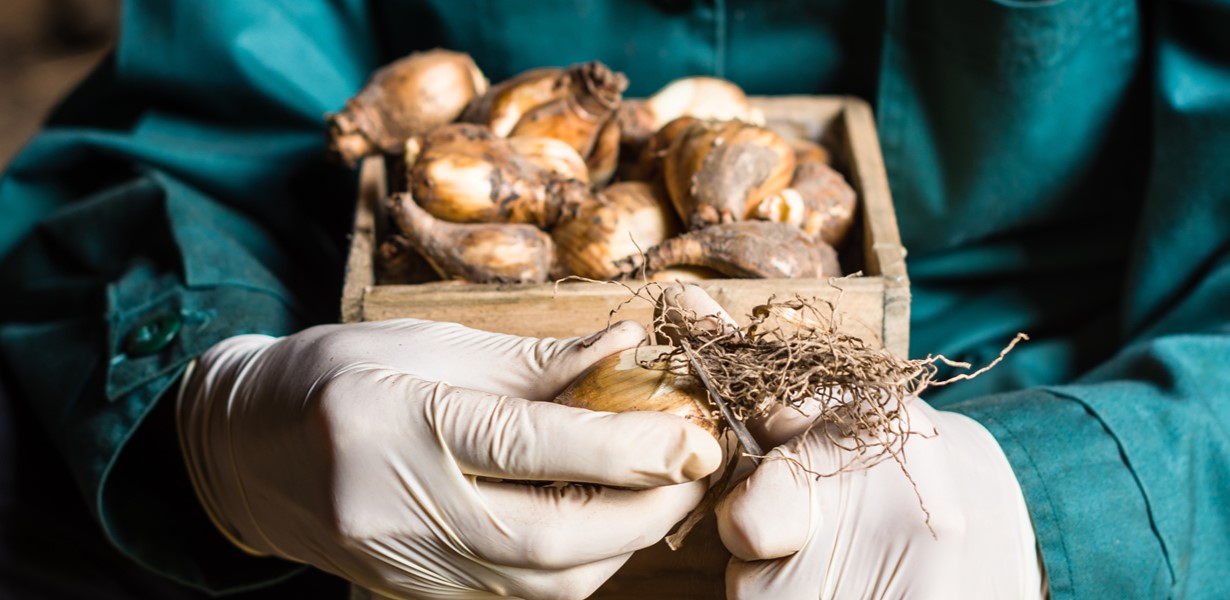
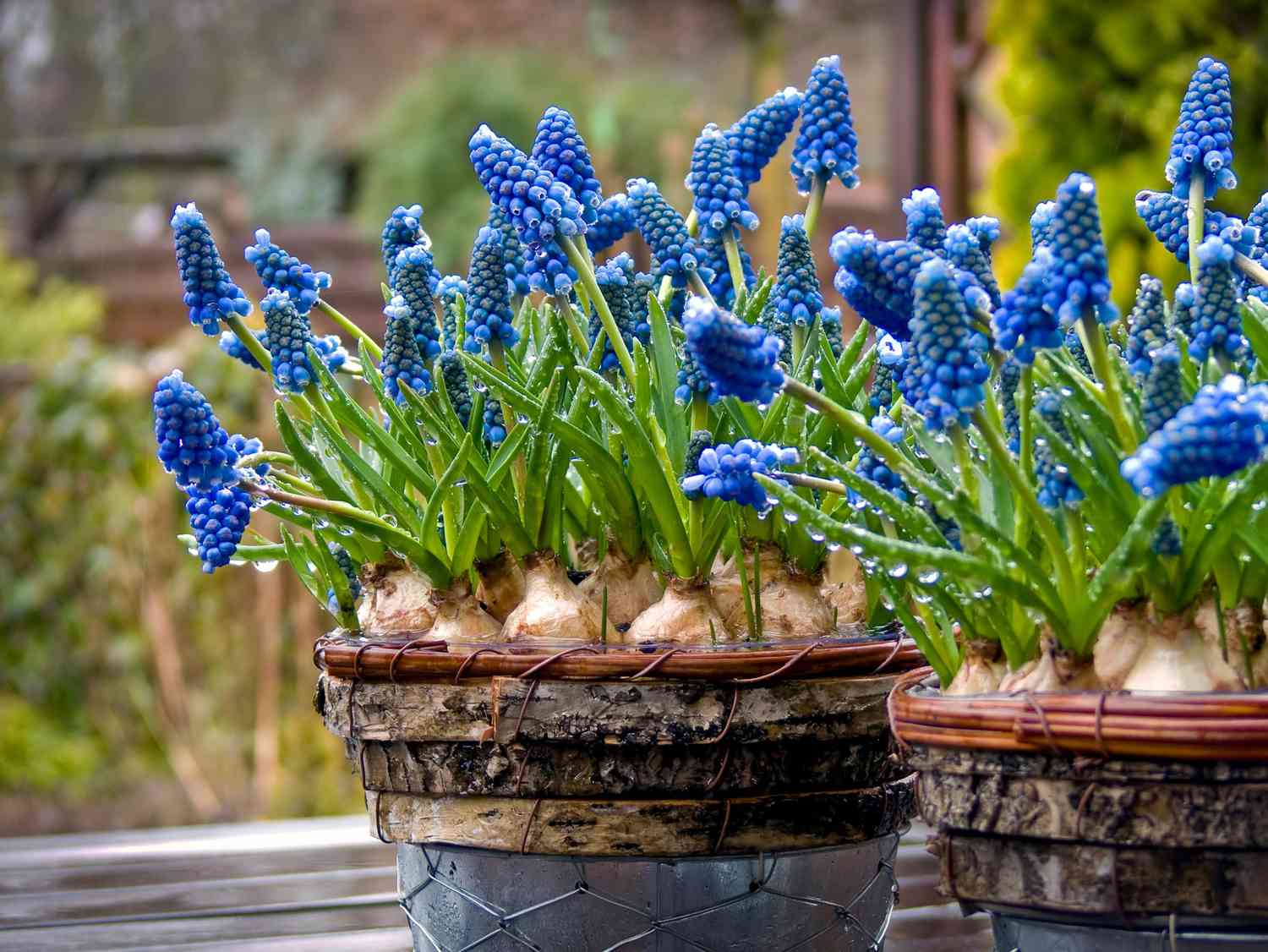
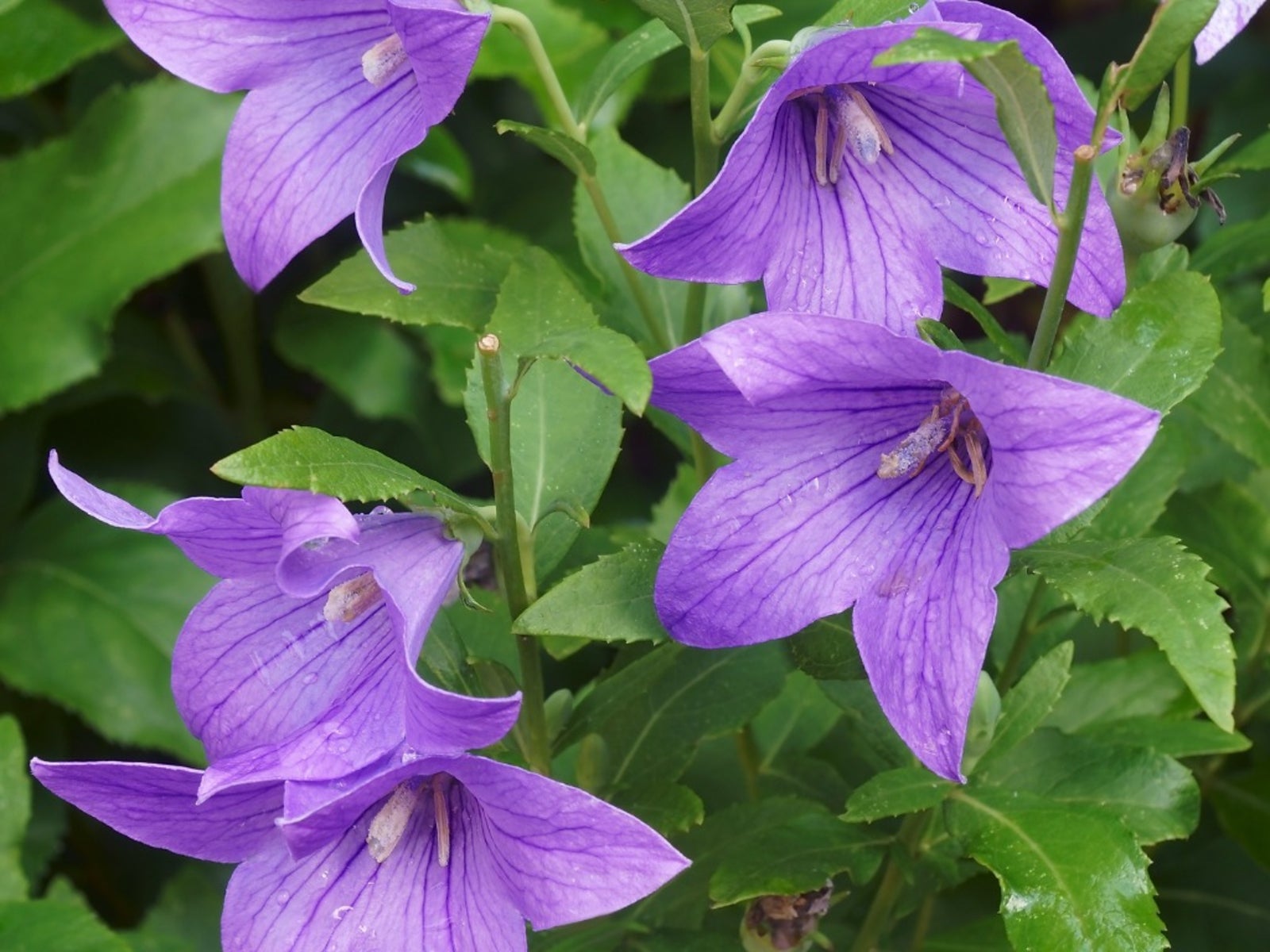
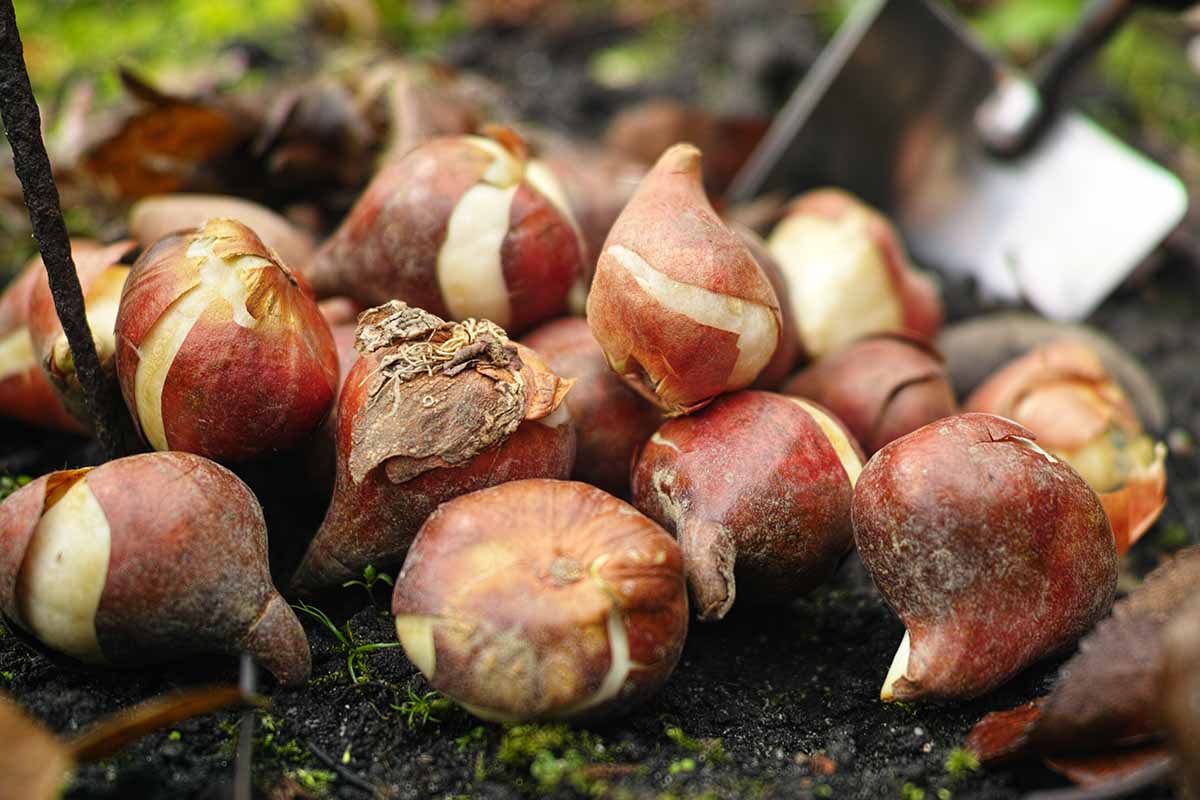
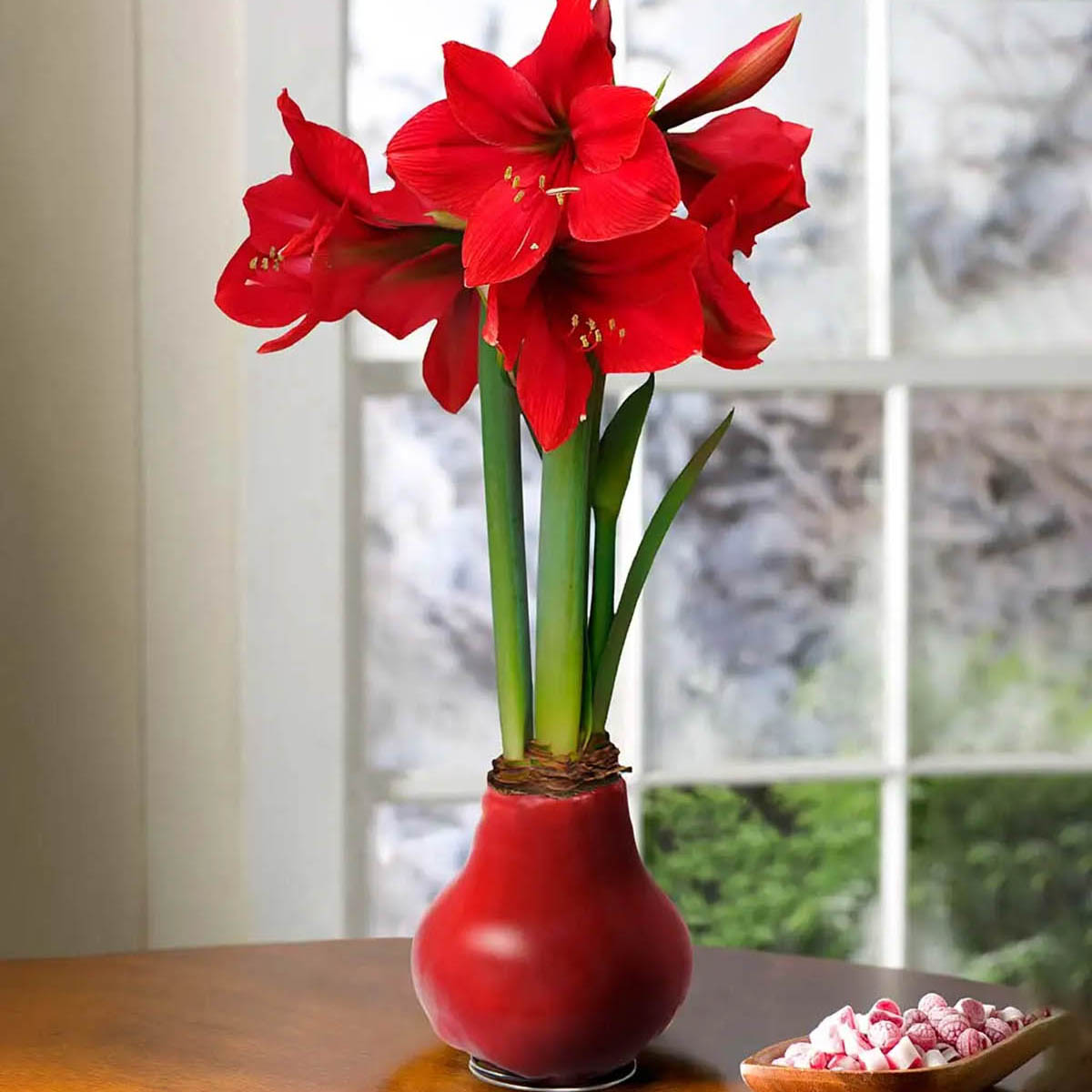
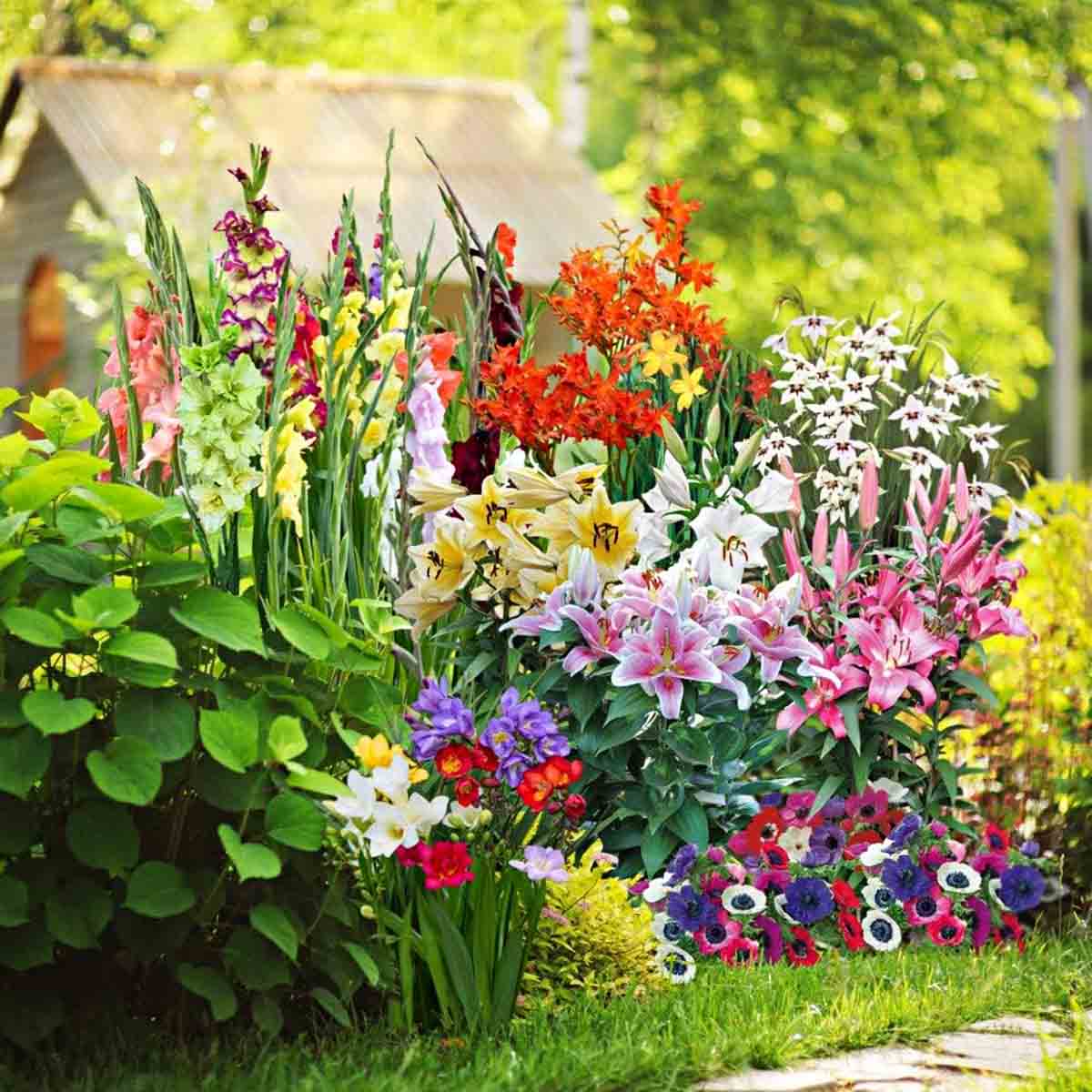
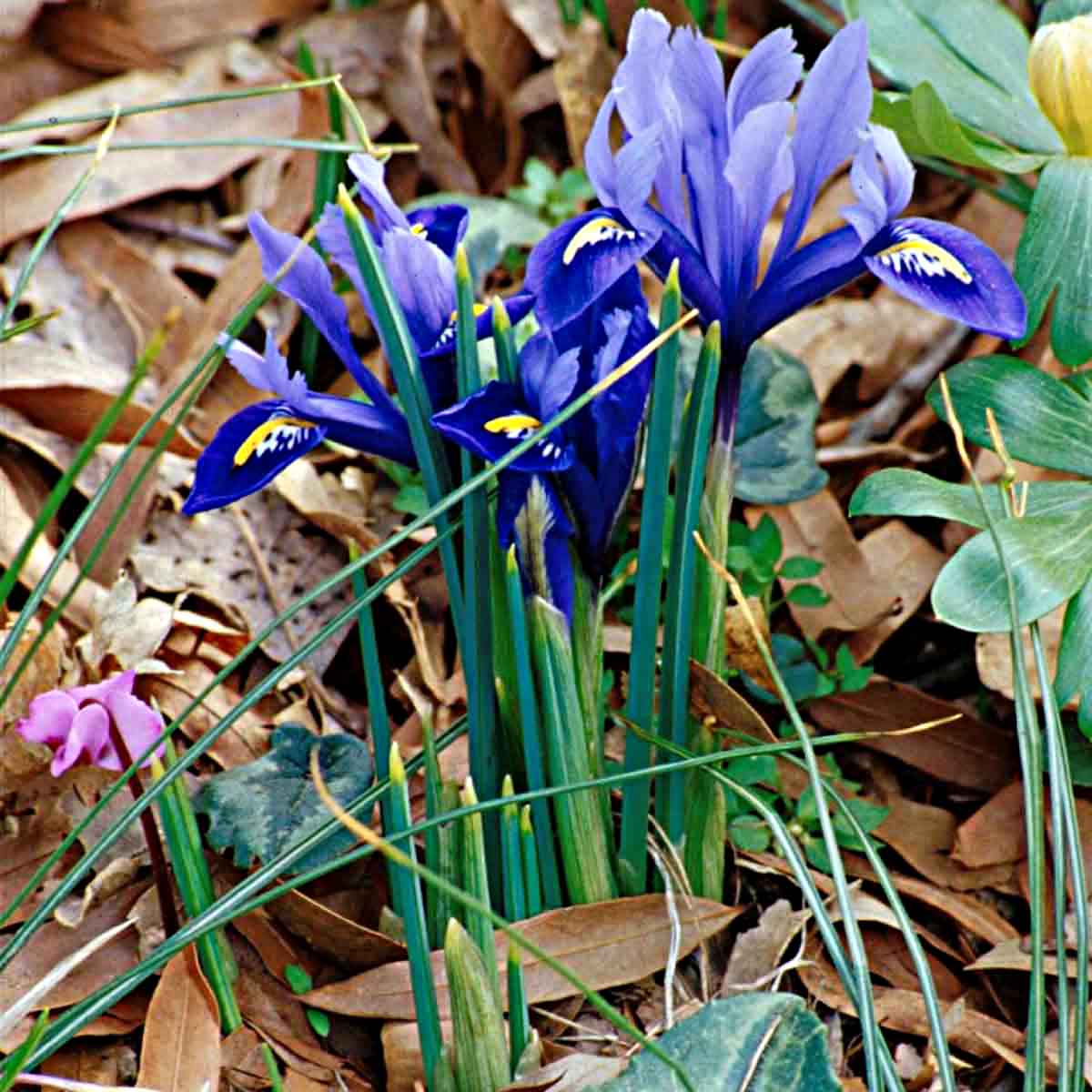
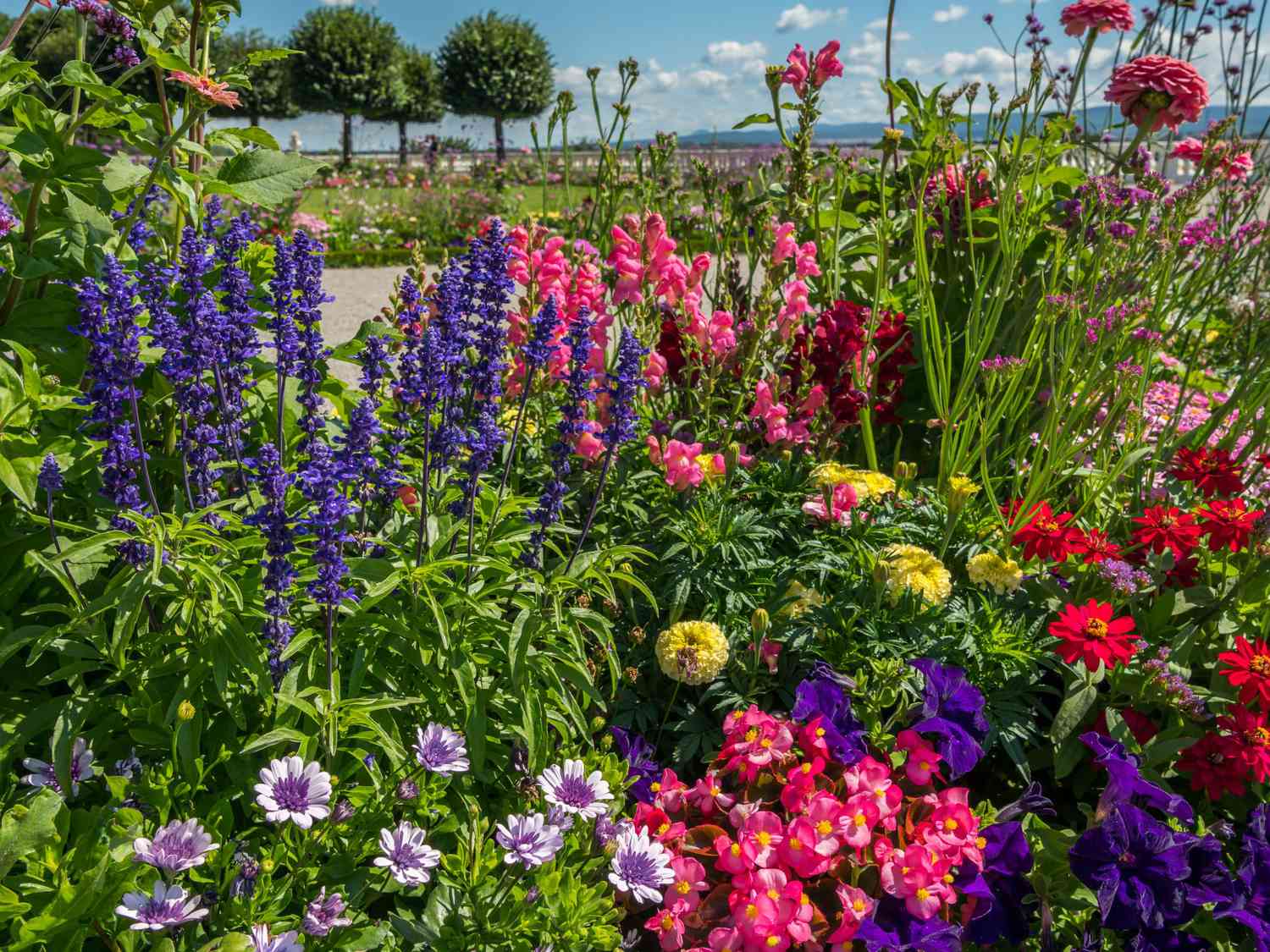
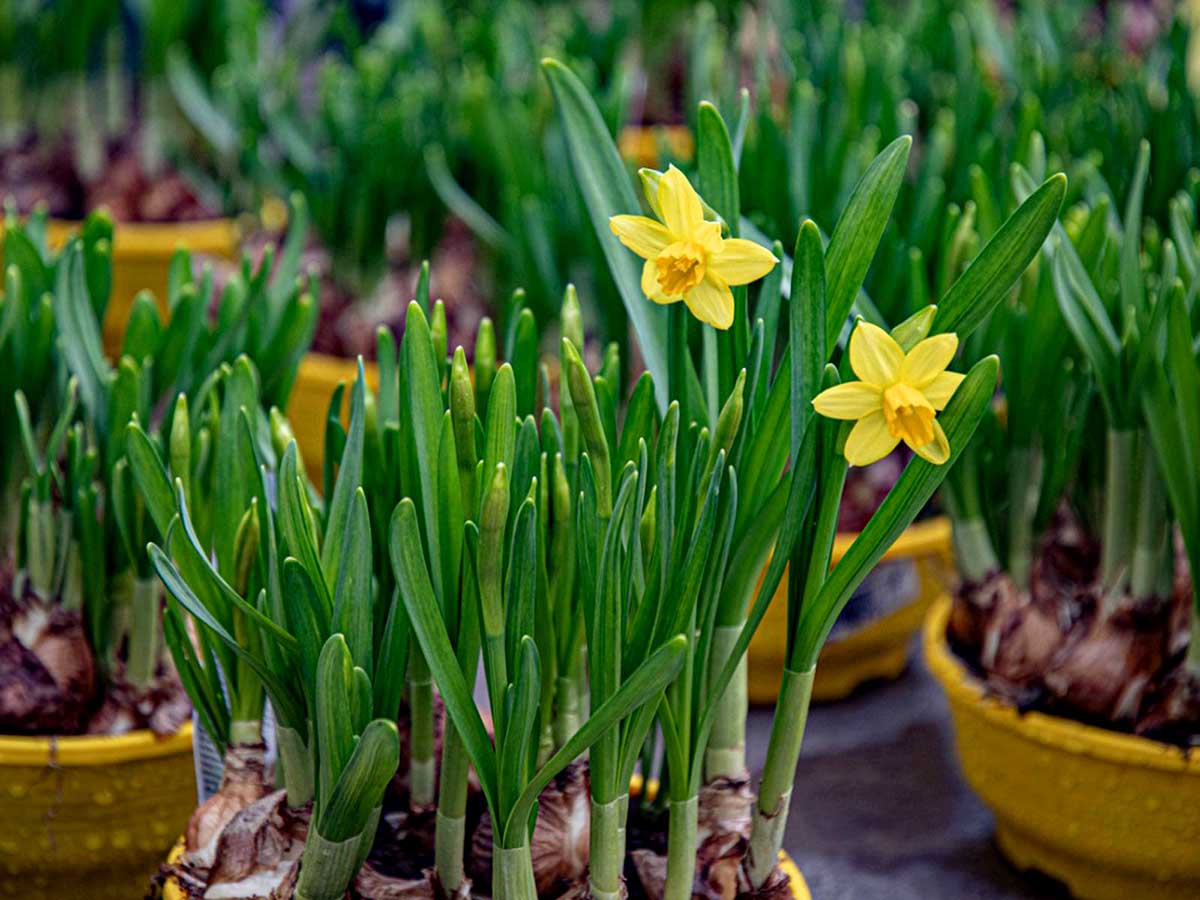
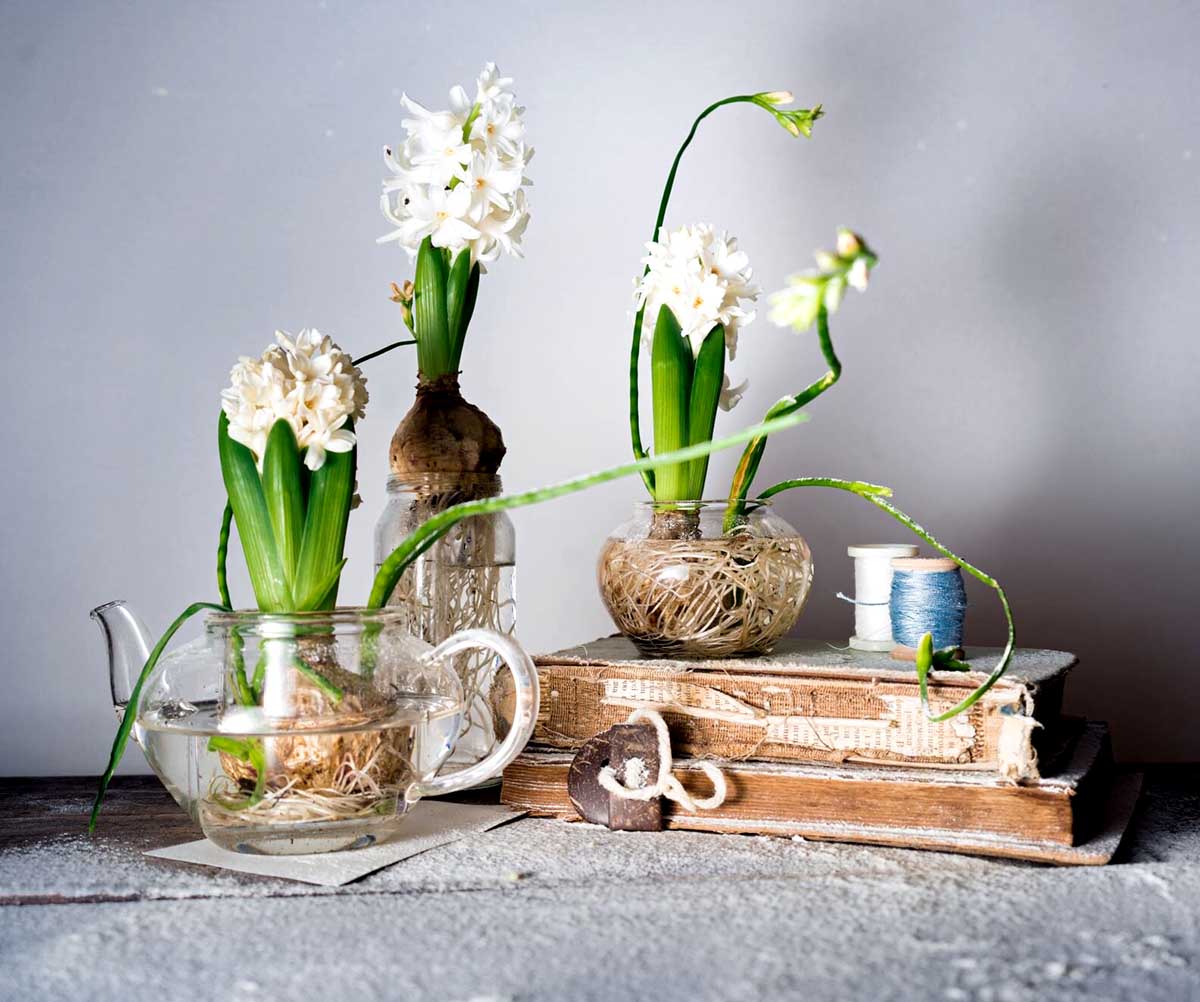

0 thoughts on “What To Do With Flower Bulbs”